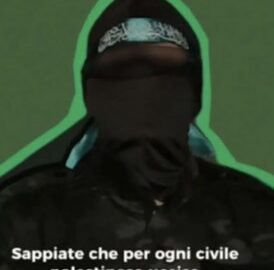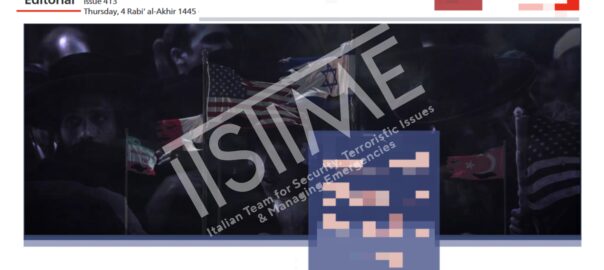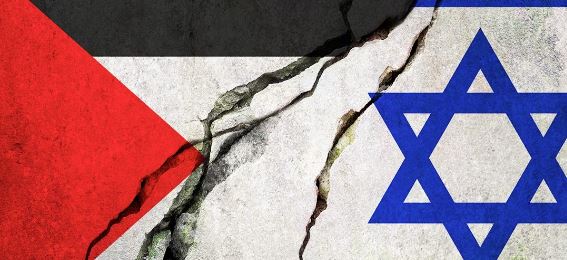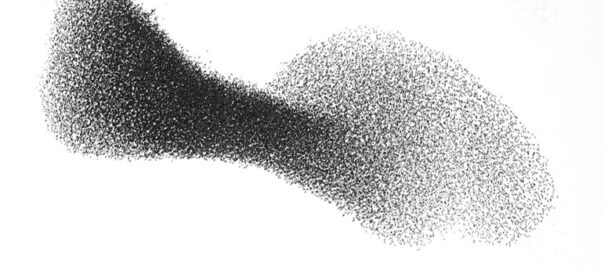Whether or not it is an ‘interlude’, as many European media say, the meeting a few hours ago between Ukrainian President Volodymyr Zelensky and the newly elected Donald Trump in front of reporters in the Oval Office turned a possible negotiation into a spectacle.
Continue readingTag Archives: Communication
Understanding Salafi-Jihadi Communication: Insights from Mujahid Mind AI – by Ali Fisher
The Nature of Salafi-Jihadi Communication: Salafi-Jihadi groups communicate based on deeply rooted theological principles. Their messaging has remained consistent over time, as evidenced by materials produced before and after major global events, such as the U.S. invasion of Afghanistan or Iraq that enabled the rise of AQ.
Continue readingTargeted killings by Israel: Terrorise the terrorists – by Maria Alvanou
In the early 60s in Greece, during turbulent and violent political times, the iconic political figure George Papandreou, known in history as the “Elder of Democracy” uttered the phrase: “terrorize terrorists”. The phrase indicated the way to react against those causing fear in society with forms of political violence.
Continue readingThe role of local journalism between the need for security and new crises – by Giacomo Buoncompagni
Recent national and international emergencies, from pandemics to the recent floods, have repeatedly highlighted how the role of local information must be to synthesise the various social and cultural policies proposed by public bodies and the correct representation – the state of life of citizens in the territory – beyond national media logics, often based on speed and the spectacularisation of disasters.
Continue readingIslamic State Propaganda, Following the Content – by F.Borgonovo, S. Lucini, M. Lakomy
From 2019 to the present, the Islamic State’s digital ecosystem has undergone a dramatic evolution. Within the timeframe of 2021 to 2023, new players have come onto the scene, offering specialized translation services, while others have fortified the infrastructure for online dissemination, making it more robust against attempts to disrupt their activities.
Continue readingMosca attacco al Crocus City Hall: una questione di tempi – by Marco Lombardi
È interessante sviluppare alcune considerazioni intorno alla timeline che ha caratterizzato l’esecuzione e la rivendicazione dell’attacco del 22 marzo 2024 a Mosca per cercare di capire meglio la portata della minaccia jihadista.
Continue readingL’attentato con molotov al consolato USA di Firenze e “The whole world is Hamas” – by Giovanni Giacalone
Nella giornata di sabato 3 febbraio, è stato fermato l’autore del lancio di bottiglie molotov contro il consolato statunitense di Firenze, verificatosi nella notte del 1° febbraio. Si tratta di Dani Hakam Taleb Moh’d, 22 anni, cittadino italiano di padre giordano di origini palestinesi e madre palestinese della Cisgiordania. L’arrestato risulta residente a Dicomano, comune del Mugello, assieme ai genitori. Due profili Facebook con un paio di foto ma privi di contenuto e un’azienda di consulenza informatica a suo nome in via di Novoli a Firenze, la Orient Service.
Continue readingDebunking Al Qaeda new Inspire productions – by F. Borgonovo, G. Porrino, S. Lucini, A. Bolpagni
In late December 2023, pro-AQ users shared two videos on various social platforms (X, Telegram, and RocketChat) that seemed to breathe new life into Inspire’s infamous magazine series.
Continue readingIslamic State Blitzkrieg Propaganda – by F. Borgonovo, G. Porrino & S.R. Lucini
The recent Hamas attack has brought the Israeli-Palestinian conflict back into the international spotlight, and this has awakened the communication of the main jihadist groups. With al-Qa’ida supporting Hamas and its actions, a statement on the attack by the Islamic State was expected. On 20th October, through the publication of the 413th issue of al-Naba, an official newspaper issued by the Central Media Office of the Islamic State, IS expressed its position.
Continue readingWar and peace in the global village. Second half – by Giacomo Buoncompagni*
Shortly after the clashes in Ukraine, the apparently silent Israeli-Palestinian conflict reignited, at least in the Western media. A few months later, more blood, death and hostages between polarised information and a desperate plea for peace. Diversity has historically been a potential source of friction and misunderstanding.
Continue readingEffetto Hamas: l’attacco a Israele e la nuova utopia radicale – by Sara Brzuszkiewicz
Nuovi allarmi bomba nelle scuole francesi, a tre anni di distanza dalla decapitazione di Samuel Paty, il professore che il 16 ottobre 2020 venne ucciso da Abdoullakh Abouyezidovich Anzorov, diciottenne ceceno rifugiato in Francia, dopo una campagna online contro il docente, colpevole di aver mostrato alcune vignette di Charlie Hebdo ritraenti il profeta Muhammad.
Continue readingTime to be realistic about Swarmcast2.0 – by Ali Fisher
For all the meetings, presentations and reports from embedded academics and industry groups, purporting to show success against Salafi-Jihadi groups, the movement is still comfortably able to disseminate content through Swarmcast2.0.
The Western metanarrative has long been accepted by the orthodoxy of Terrorism Studies. However, while claims of success resonate at events hosted by industry funded bodies, the challenge encapsulated by Swarmcast2.0 remains. Salafi-Jihadi groups and the media mujahidin maintain persistent networks which function across multiple platforms simultaneously.
Continue reading











